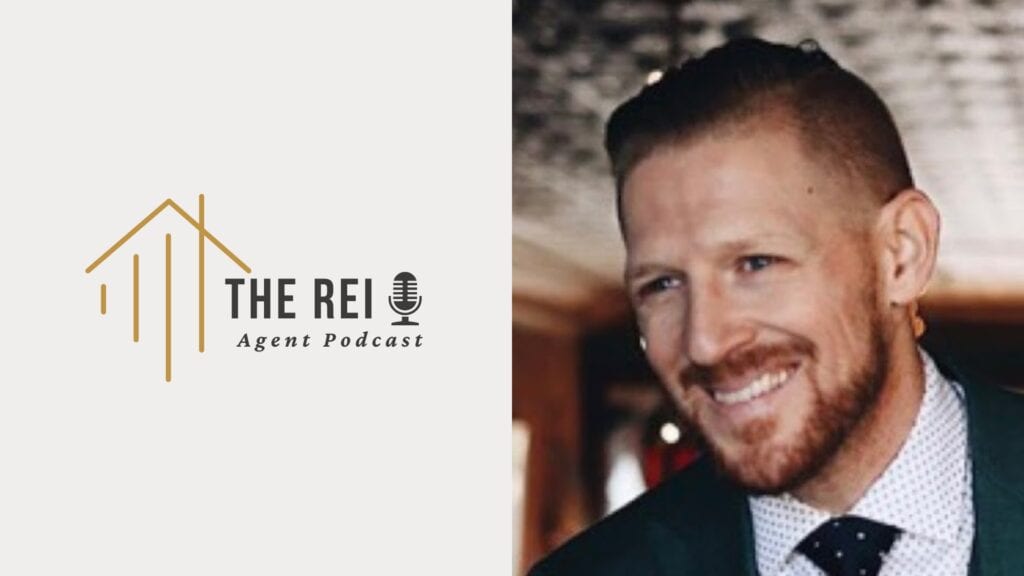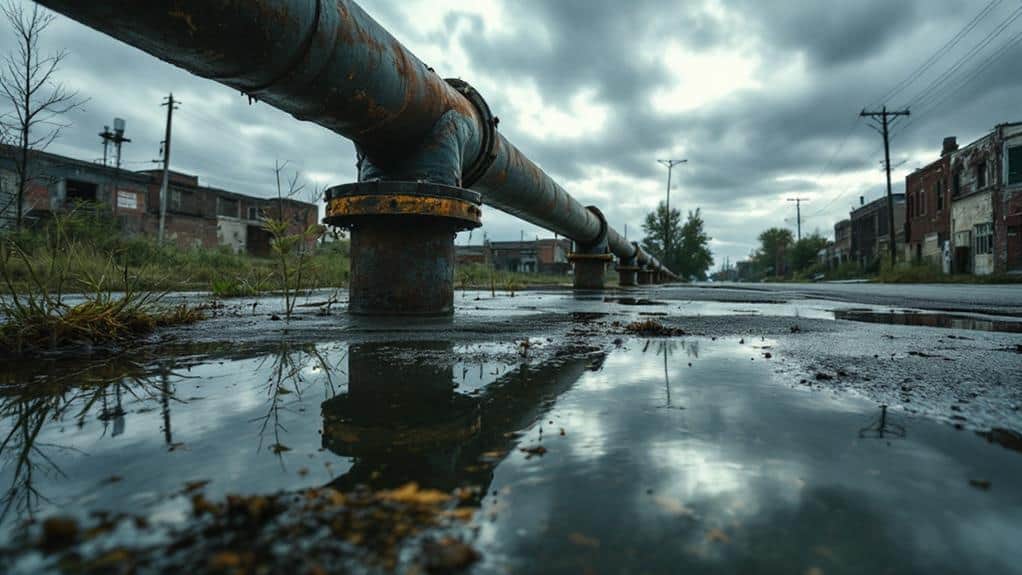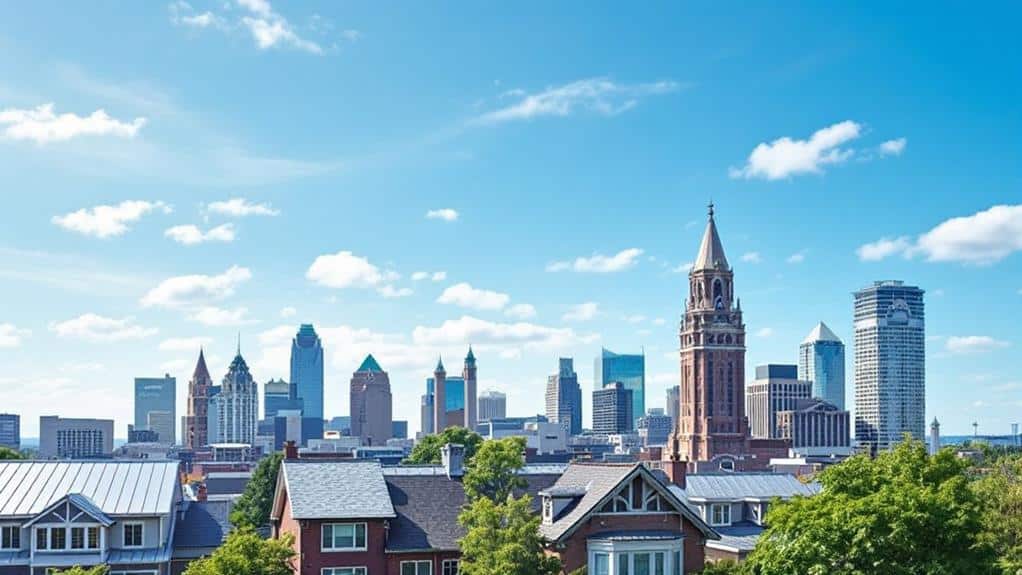LISTEN TO THIS ARTICLE
Key Takeaways
- San Francisco’s commercial vacancy rate has reached a staggering 31%, leading to concerns of a ‘doom loop’ that could devastate downtown, affecting both small businesses and corporate giants.
- Creative approaches such as converting office spaces into residential units and city initiatives to support small businesses, including pop-up restaurants and art galleries, are part of the effort to revive the city.
- The complex situation also highlights a wider socio-economic divide, with over 7,000 unhoused individuals, indicating a challenging road ahead to regain the city’s vibrancy.
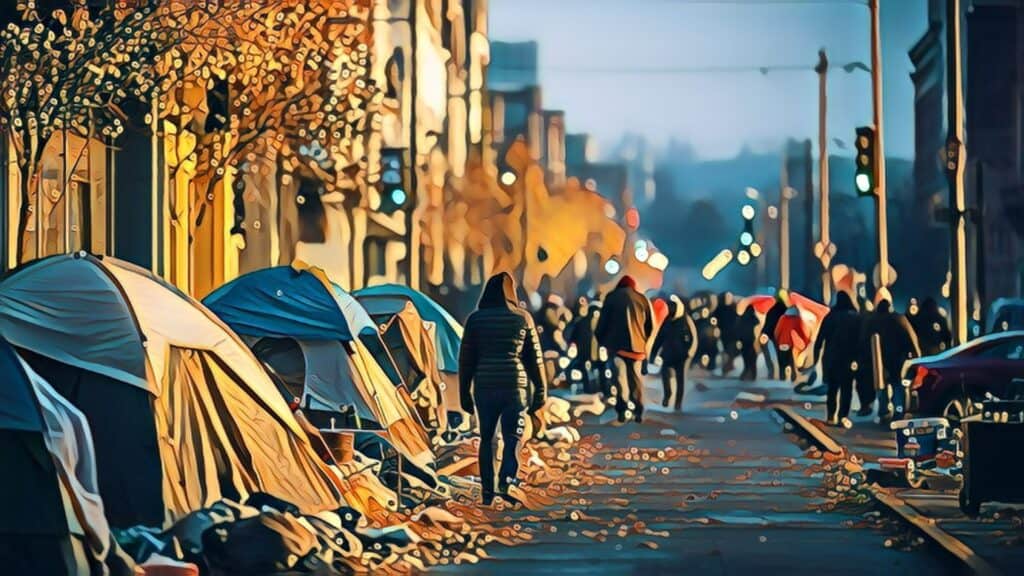
San Francisco’s ‘Doom Loop’ (Commercial Vacancies Amid Pandemic Fallout): Continuing Decline of Tech Mecca
SAN FRANCISCO — The once-bustling city of San Francisco faces a commercial crisis with vacancy rates at an unprecedented 31%, the highest in the country.
The pandemic’s impact on small businesses, corporate tenants, and the local real estate market is being described as a ‘doom loop,’ threatening to devastate the city’s downtown area.
Local Business Struggles
Nigel Kennedy, a local barber who used to see 12 clients a day, faced eviction after falling $48,000 behind in rent. Under a new agreement, his rent is now dependent on a monthly sales report.
Vacant and Barren
The $2.2 billion Salesforce Transit Center, intended as a major hub for East Bay commuters, now mostly sees tourists.
Wade Rose, representing city giants like Google, Uber, and GAP, explains a 90% collapse in office utilization as “unprecedented” and accuses landlords of initially denying the crisis.
Is San Francisco real estate dropping?
Yes, the San Francisco real estate market has been experiencing a downward trend.
The median sale price of a home in San Francisco last month was $1.3 million, reflecting a decrease of 8.2% compared to the previous year.
Furthermore, the median sale price per square foot in the city has also dropped to $936, showing a decrease of 8.1% since the previous year.
In July 2023, the home prices in San Francisco were lower by 8.2% than last year, with homes selling for a median price of $1.3 million.
The number of homes sold has also decreased, with 351 homes sold in July, which is a downward trend from the previous year.
Hence, the data implies a softening market in San Francisco’s real estate sector. [1][2]
Necessary Creative Conversion
Mark Babson, a creative real estate developer, has converted a 1970s office tower into residential space and believes similar transformations are possible.
Governmental Support and Intervention
The city, under Mayor London Breed, is offering support to small business owners, encouraging pop-up restaurants and art galleries.
Efforts in neighborhoods like Bayview Hunters Point have already made a significant impact.
Landlords are shifting their approach, preparing to give away retail space to non-profits and artist groups to foster activities that attract people.
Experts predict a decade-long journey to regain downtown vitality.
Commerce Flight
Businesses that could afford to buy out their leases have left, while others are still struggling. The owner of Nigel’s building, Boston Properties, is a case in point, though they did not comment.
RELATED CONTENT
San Francisco’s real estate landscape is also marked by over 7,000 unhoused individuals, intense dissatisfaction, and a widening gap between the city’s rich and poor.
A strategy similar to that employed post-Katrina and after 9/11, which involves giving away real estate to draw artists and pop-ups, could help bring the city back, but it promises to be a long road ahead.
Is San Francisco real estate a good investment in 2023?
Determining whether San Francisco real estate is a good investment in 2023 depends on various factors.
The current state of the market shows a decrease in median sold prices for single-family homes compared to previous months, indicating a potential opportunity for buyers.
However, it is worth noting that sales have also experienced significant declines.
The average home value in the San Francisco-Oakland-Hayward metropolitan area has decreased by 7.7% over the past year, which may make properties more affordable for potential investors.
Zillow’s forecast suggests a possible stabilization and gradual recovery of home values in the coming months, indicating a potential for growth.
One aspect to consider is the competitive nature of the market, with properties often selling for more than the listed price due to high demand and bidding wars.
This can be beneficial for sellers but may present challenges for buyers and investors.
Additionally, the city’s high cost of living and issues such as homelessness can impact the overall desirability and long-term value of real estate investments in San Francisco.
Ultimately, it is crucial for investors to carefully analyze the market, local economic conditions, and individual investment goals before making a decision.
Working with a knowledgeable real estate professional can provide valuable insights and help determine the viability of San Francisco real estate as an investment in 2023. [1][2]
References
The Guardian: Vacant skyscrapers, empty trains: can San Francisco once again reinvent itself?
Fox Business: San Francisco, New York face ‘urban doom loop’
Redfin: San Francisco Housing Market
Bay Area Market Reports: San Francisco Home Prices, Market Conditions & Trends
Norada Real Estate Investments: Bay Area Housing Market: Prices, Trends, Forecast 2023
Forbes: Bay Area Housing Market
Related Content:
- Horrific Housing Bombshell Report (U.S. Leads World in Unaffordable Real Estate)
- Toxic Arizona Real Estate Time Bomb (Buyers Left in Dark Hazardous Confusion)
- Housing Apocalypse (80% of Major U.S. Counties Now Financially Devastated)
- $1.5 Trillion Debt Bomb Threatens to Obliterate Commercial Real Estate (Catastrophic Reckoning Looms)
